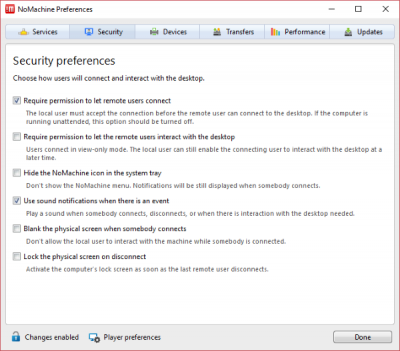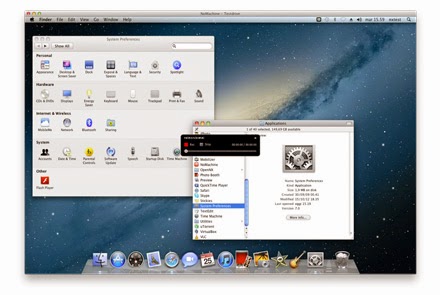

If you happen to be running the Raspberry Pi 2, you will need to download a different release. wget -O b ģ2-Bit Raspberry Pi OS for Raspberry Pi 2 If you are running a 64-bit version of Raspberry Pi OS, you can download the 64-bit release of NoMachine using the following command. Use the command below to download the version of NoMachine for 32-bit operating systems. The download links below may be out-of-date, so you can always check the official website for the latest versions. Now that we have everything in place, we can move on to downloading the official NoMachine package. We will use the “ wget” package to download the NoMachine package to our device. Once the device updates, we need to ensure the “ wget” package is available by using the command below. We can update these by running the following two commands within the terminal. Before installing NoMachine on our device, we should update the package list and any out-of-date packages. You can open the terminal on your system by pressing CTRL + ALT + T.ġ. These steps will all be completed within the terminal. This section will walk you through the straightforward steps to installing NoMachine on your Raspberry Pi. This tutorial was last tested on a Raspberry Pi 400 running the latest version of Raspberry Pi OS Bullseye 64-bit. Equipmentīelow you can find a list of the equipment we used when installing NoMachine to the Raspberry Pi. Instead, it would be best to look into software such as tmate to share the terminal. The command line only version will not work. Please note, to run NoMachine you must be running the desktop variant of Raspberry Pi OS. The following sections will show you the steps of installing and running the NoMachine software on your device.

This software is very much like other remote desktop software, such as TeamViewer or AnyDesk, allowing you to share the desktop and allow remote interaction. NoMachine is a free piece of software that you can use to access your Raspberry Pi’s desktop remotely. This tutorial will teach you how to use NoMachine on your Raspberry Pi for remote access.


 0 kommentar(er)
0 kommentar(er)
